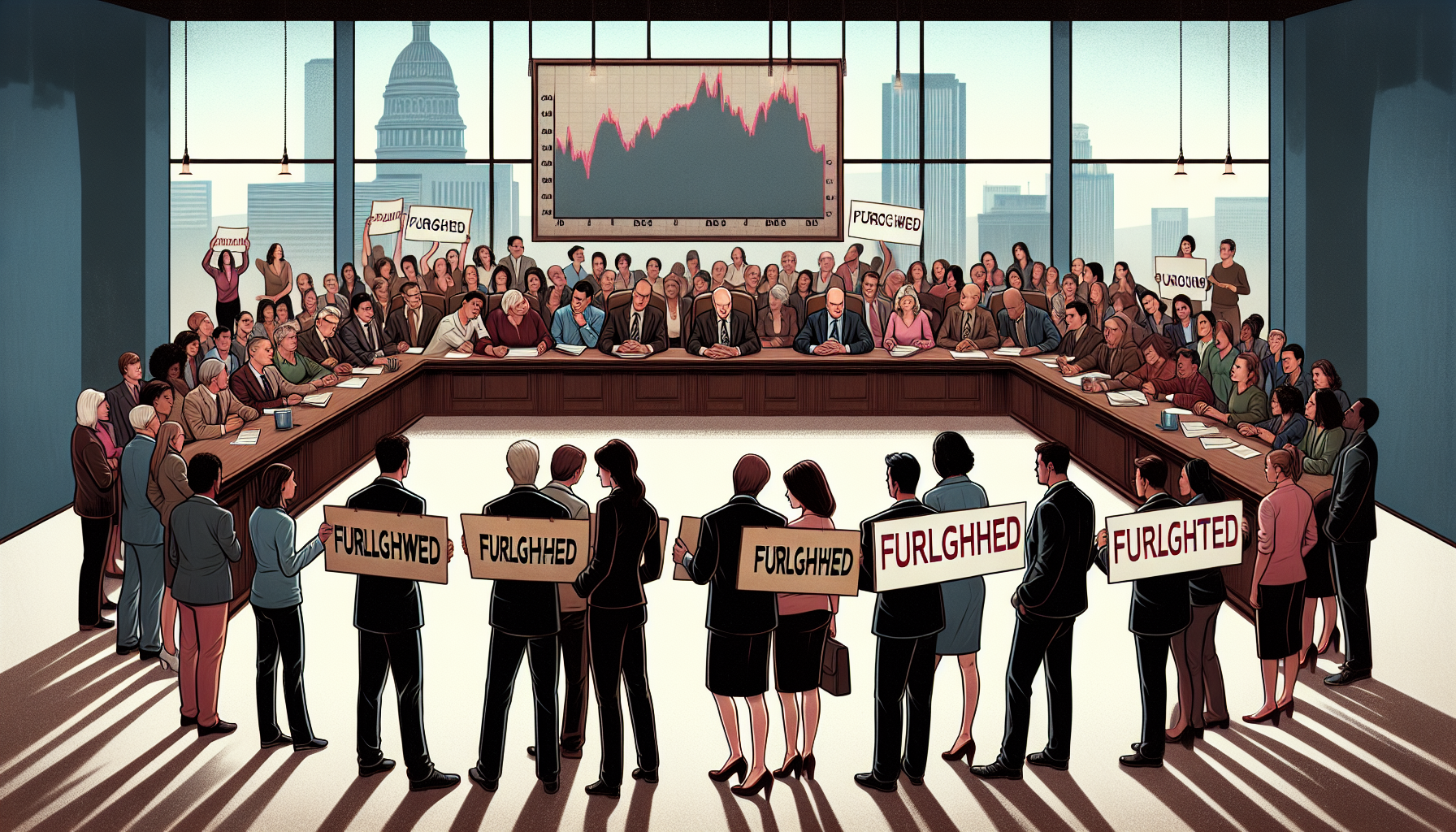
tl;dr
As the U.S. teeters on the brink of a government shutdown, political gridlock threatens to unleash economic chaos, impacting millions of workers and destabilizing recovery efforts amid rising inflation and uncertain Federal Reserve decisions.
As the U.S. government inches closer to a potential shutdown on October 1, the nation faces a precarious moment where political gridlock could reverberate through the economy. With Republicans and Democrats locked in a bitter standoff over funding, the likelihood of a partial government shutdown has surged, with betting platforms like Polymarket assigning a 72% probability to the event. This scenario, reminiscent of past impasses, threatens to disrupt not only federal operations but also the fragile economic recovery that has defined recent years.
The immediate impact would be felt by approximately 900,000 federal workers, many of whom could be furloughed or, as some reports suggest, permanently laid off—a departure from previous shutdowns. This shift in approach, outlined in a White House memo cited by *Politico*, raises concerns about the long-term stability of federal agencies already grappling with staff reductions. While past shutdowns saw workers return to their jobs with back pay, the current administration’s stance could exacerbate uncertainty, potentially affecting everything from national security to public services.
Economists caution that the shutdown’s economic toll, while initially modest, could escalate if prolonged. Goldman Sachs analysts estimate a weekly drag of 0.1 to 0.2 percentage points on growth, with unemployment rates likely to rise as furloughed workers are counted as jobless. This comes at a time when the economy is already under strain: inflation has accelerated due to tariffs, and the job market has shown signs of cooling. The Federal Reserve, which closely monitors employment data, faces added challenges as critical reports—such as the September jobs data due later this week—could be delayed. Such disruptions might hinder policymakers’ ability to make informed decisions, further complicating efforts to stabilize the economy.
The broader implications extend beyond immediate financial metrics. Consumer confidence, already waning as highlighted by research from the University of San Diego, could suffer additional blows. “The U.S. economy is already on a knife’s edge,” noted Michael Linden of the Washington Center for Equitable Growth, emphasizing that a shutdown could compound existing vulnerabilities. For investors, the uncertainty surrounding delayed data releases and potential market volatility adds another layer of risk, particularly as the Fed weighs its next steps on interest rates.
While the full extent of the shutdown’s impact remains uncertain, one thing is clear: the stakes are high. The interplay of political decisions and economic fundamentals could determine whether the U.S. economy slips further into turbulence or navigates the crisis with resilience. As lawmakers prepare for negotiations, the nation watches closely, aware that the outcome will shape not just government operations but the financial well-being of millions.